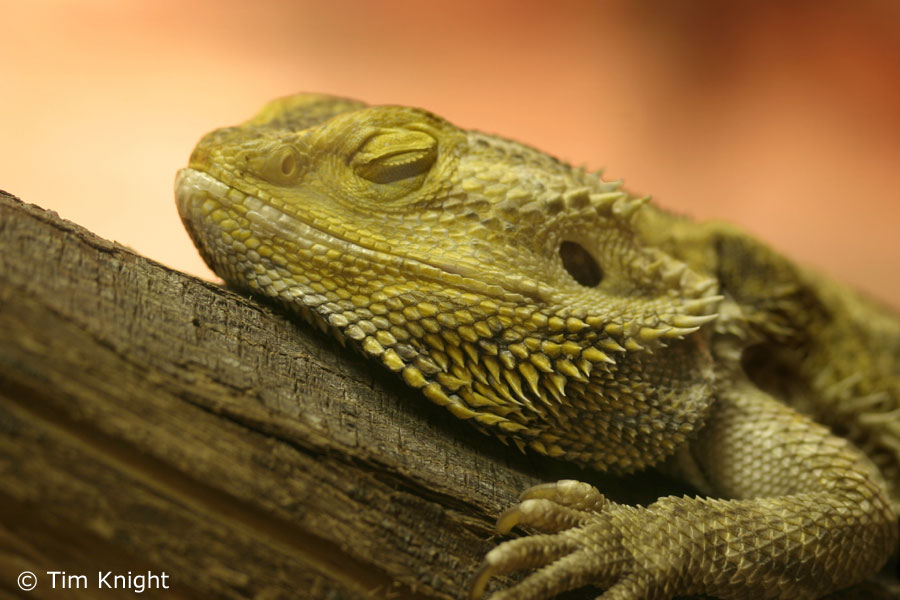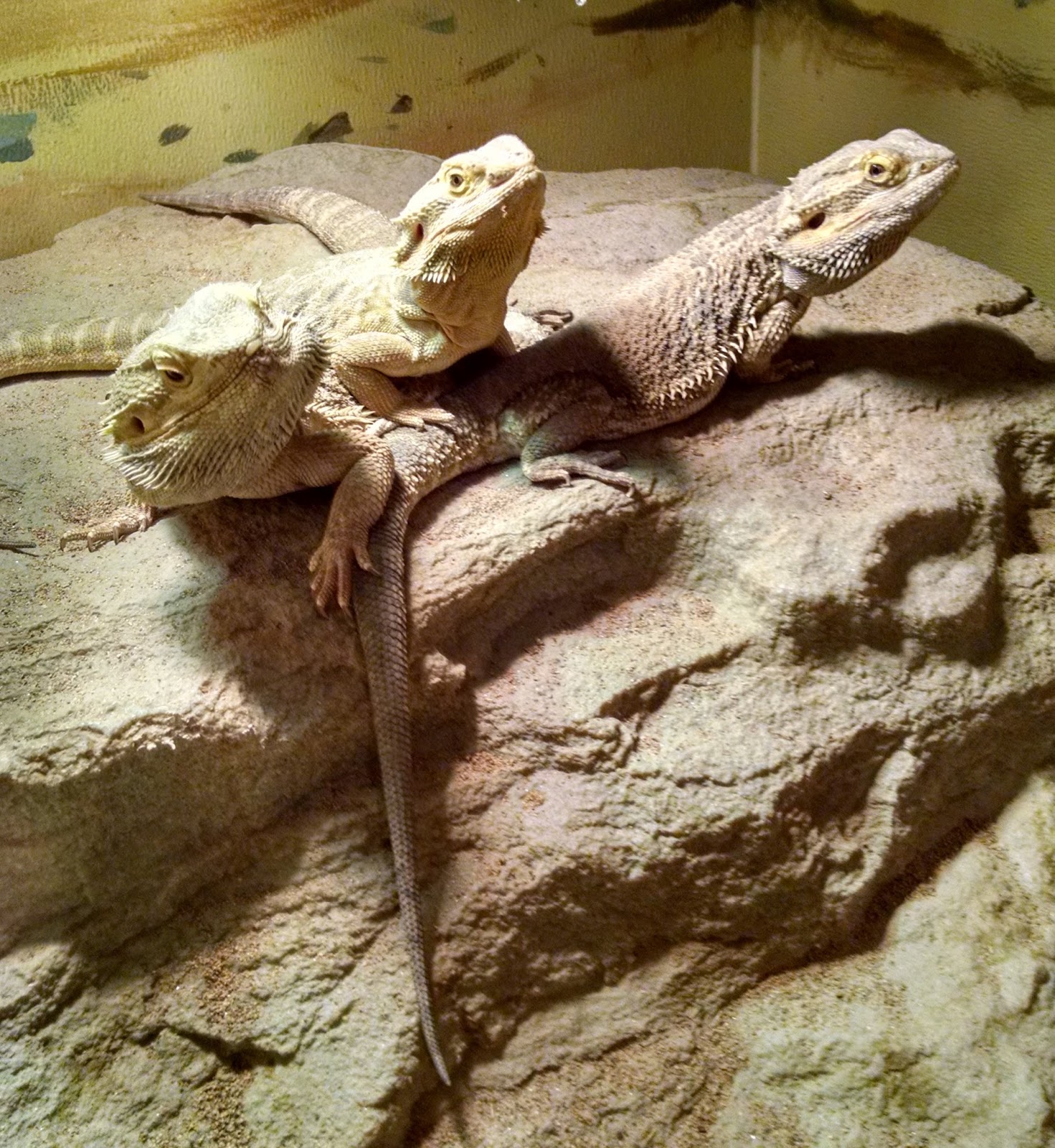The Ultimate Guide to Bearded Dragon Digging in Hide: Tips, Tricks, and Advice for Beginners
Introduction
Bearded dragons are fascinating creatures, and watching them dig in their hides is a common but delightful sight for many pet owners. However, this behavior raises several questions and concerns, especially for beginners who may not know what to expect or how to react. From why do bearded dragons dig to how to provide the right hide and substrate, this guide will cover everything you need to know about bearded dragon digging in hide.
Why Do Bearded Dragons Dig in Hide?
Digging is a natural and essential behavior for bearded dragons, both in the wild and captivity. In their natural habitat, bearded dragons dig burrows to escape from predators, regulate their body temperature, hide from the sun, and lay eggs. In captivity, bearded dragons may dig in their hides for similar reasons or simply out of boredom or curiosity.

The Benefits of Bearded Dragon Digging in Hide
Bearded dragons digging in hide can bring many advantages, such as:
- Providing a natural and stimulating environment that mimics their instincts and needs
- Reducing stress and anxiety by offering a secure and comfortable hideaway
- Regulating body temperature by burrowing deeper or shallower depending on the warmth or coolness of the substrate
- Promoting healthy and robust bone and muscle development by using their limbs and claws to dig
- Encouraging natural behavior when laying eggs, which requires a suitable and private nesting spot
The Risks of Bearded Dragon Digging in Hide
While bearded dragon digging in hide can be beneficial, it can also pose some risks, especially if you aren’t aware of or neglectful of their needs. Some potential dangers include:
- Dehydration or impaction, if the substrate is too dry or coarse, making it difficult for your bearded dragon to dig or pass waste
- Burns or injuries, if the hide is too close to a heat source or the substrate is too hot or abrasive
- Infections or parasites, if the substrate is dirty, contaminated, or infested with mites or mold
- Emotional stress or health issues, if the hide is too small, cramped, or inaccessible, making your bearded dragon feel trapped or sick
How to Provide the Right Hide and Substrate for Bearded Dragon Digging
To ensure your bearded dragon can enjoy digging in hide without risking their health or safety, you need to pay attention to the following aspects:
The Size and Shape of the Hide
Bearded dragons need a hide that is large enough to accommodate their body size and shape, with some extra space to turn around, stretch, or burrow. A good rule of thumb is to choose a hide that is at least one and a half times the length of your bearded dragon, from nose to tail tip.

The Material and Texture of the Hide
Bearded dragons prefer hides that are made of natural and non-toxic materials, such as wood, cork, or clay. Avoid hides that are plastic or synthetic, as they can trap heat, release harmful chemicals, or injure your bearded dragon. You should also avoid hides that are too smooth or slippery, as they can make it harder for your bearded dragon to climb or dig.

The Substrate of the Hide
Bearded dragons need a substrate that is loose, soft, and easy to dig, but also absorbent, non-toxic, and non-abrasive. Some suitable substrates for bearded dragon digging in hide include:
- Coconut fiber
- Play sand
- Grass hay
- Fine wood chips
- Organic potting soil

What to Do If Your Bearded Dragon Isn’t Digging in Hide
If your bearded dragon isn’t digging in hide, it may indicate one or more of the following issues:
- The hide isn’t suitable or comfortable for your bearded dragon
- The cage or environment isn’t warm, bright, or humid enough to encourage digging
- Your bearded dragon is sick, stressed, or injured and can’t or won’t dig
- Your bearded dragon doesn’t need to dig or has other ways to regulate its temperature or express its natural behavior
To address these problems, you can try the following solutions:
- Check the hide size, material, and substrate and adjust them if needed
- Ensure the temperature and lighting are optimal for your bearded dragon’s health and comfort
- Consult a veterinarian or reptile expert if you suspect your bearded dragon is sick or stressed
- Offer your bearded dragon other opportunities for exercise, play, and exploration
Conclusion
Bearded dragon digging in hide can be a fascinating and enriching activity that enhances your pet’s physical and mental well-being. By understanding the reasons, benefits, and risks of bearded dragon digging, as well as providing the right hide and substrate, you can give your pet the best chances to thrive and express their natural behavior. If you have any doubts or concerns about bearded dragon care, don’t hesitate to seek advice from reputable sources, such as veterinary clinics, online forums, or pet stores.
